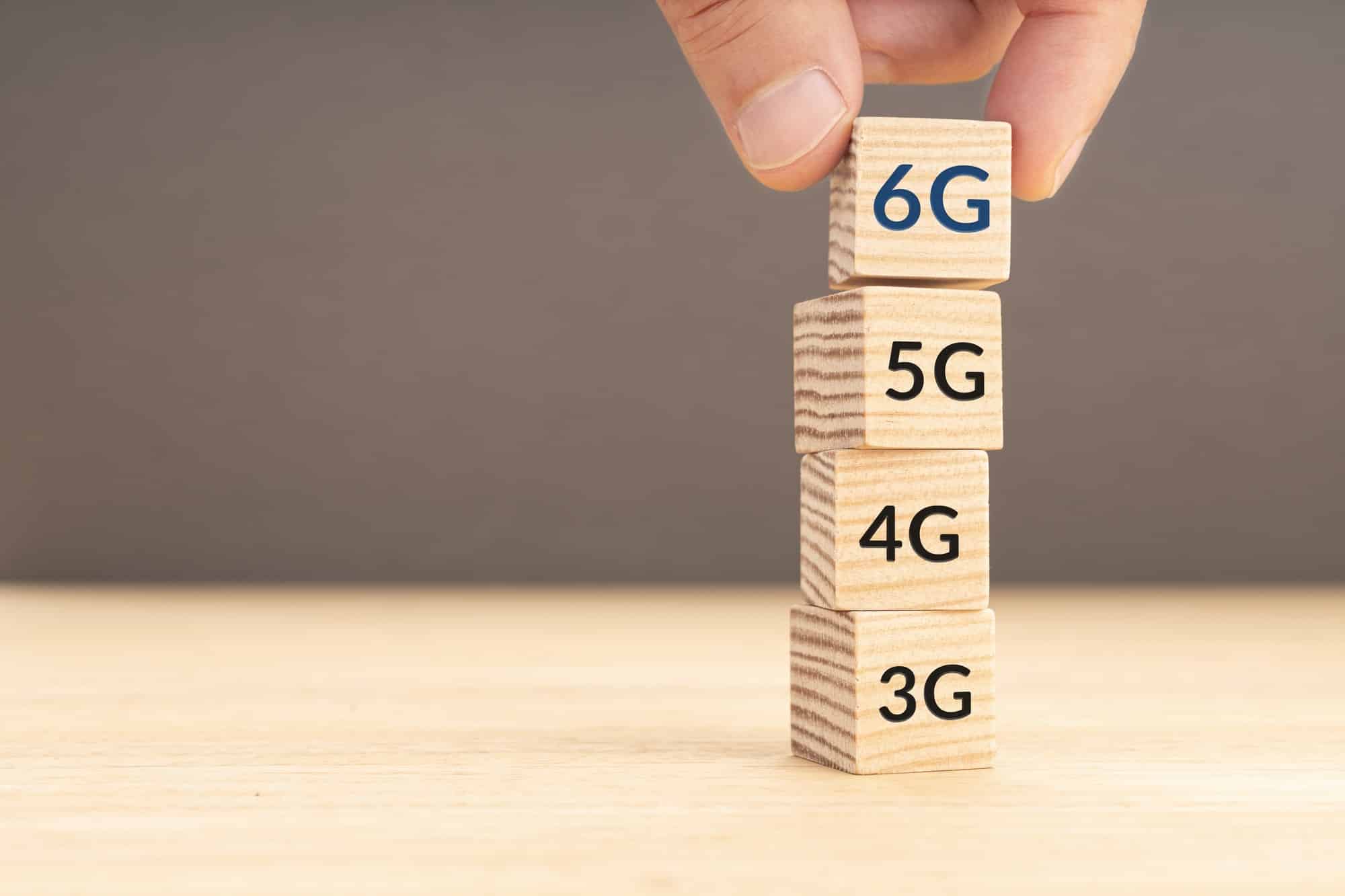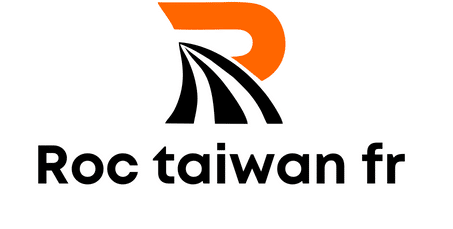What’s the Future of 6G and Its Expected Impact on IoT Device Connectivity?

As we stand on the brink of the 6G technology era, it’s time to delve into the future and explore the expected impact of 6G on Internet of Things (IoT) device connectivity. As you all know, technology is an arena of constant evolution. Past decades have witnessed the rapid development and adoption of 2G, 3G, 4G, and now 5G. Each generation brings with it significant advances in wireless communication, data transfer, and network capabilities. Today, we’ll consider what the sixth generation of wireless technology may hold.
Anticipating the Arrival of 6G Technology
Let’s begin by considering the upcoming advent of 6G technology. Each new generation of wireless technology generally introduces a vast leap forward in terms of capabilities and potential applications. Now, as we edge closer to the year 2030, the expected launch window for 6G, it’s high time we start exploring its potential implications.
A lire en complément : What’s New in Bionic Eye Technology for Restoring Vision?
6G networks, or sixth generation networks, are anticipated to be a game-changer. These future networks are predicted to offer far higher speeds, lower latency, and increased capacity, compared to our current 5G systems. In fact, some experts predict that 6G could offer speeds up to 100 times faster than 5G, providing near-instantaneous data transfer.
In addition to speed, 6G is expected to be far more reliable and energy-efficient than its predecessors, offering a seamless wireless experience. This advanced connectivity will lay a solid foundation for the next generation of applications and devices, heralding a new era of innovation.
A lire également : How Are Microsatellites Transforming UK’s Maritime Surveillance Capabilities?
6G and IoT: A New Era of Connectivity
Now, let’s examine the expected impact of 6G on IoT device connectivity. Internet of Things, or IoT, refers to a network of interconnected devices that communicate and exchange data with each other. These devices range from everyday household items, like smart thermostats and refrigerators, to more complex machinery in industries like manufacturing and agriculture.
With the advent of 6G, IoT connectivity is expected to skyrocket. 6G networks will be capable of supporting a vastly larger number of connected devices, providing the backbone for truly integrated smart networks. This would enable the seamless integration of various IoT applications, ranging from autonomous vehicles to smart cities, and even to artificial intelligence systems.
To better comprehend this, consider the impact on agriculture. With 6G in place, IoT devices could offer real-time data and feedback on soil and weather conditions, pest activity, and crop health. This would allow farmers to make informed decisions and take precise actions, significantly improving efficiency and productivity.
Realising the Potential of 6G and IoT
Let’s take a moment to imagine how this enhanced connectivity could revolutionize our daily lives. In a world where 6G and IoT reign, devices could communicate and interact seamlessly, offering unprecedented convenience and efficiency.
Imagine a morning where your alarm clock communicates with your coffee machine, ensuring your coffee is ready by the time you’re out of bed. Your car could autonomously navigate traffic, guided by real-time data from IoT sensors scattered across the city. Even your workspace could be transformed, with AI-driven systems managing routine tasks and offering personalised services based on real-time data analysis.
However, this vision of the future is not without its challenges. The development of 6G and its integration with IoT devices will require significant research, funding, and technological advancement. Privacy and security issues will also need to be addressed, as a world of interconnected devices presents a plethora of potential vulnerabilities.
The Role of Time and Will in Realising 6G
The journey to realising 6G and its potential impact on IoT device connectivity is a matter of both time and will. The transition from 5G to 6G is not expected to happen overnight. It will necessitate considerable research, development, and testing to ensure a seamless, reliable, and secure experience.
At the same time, the development of 6G requires a strong will from all stakeholders. As with previous generations of technology, the journey towards 6G will need the combined effort of researchers, policymakers, industry stakeholders, and consumers. It’s a collaborative process, where each party has a significant role to play.
Expanding the Scope: Beyond Connectivity
While the focus of our discussion has been on IoT device connectivity, the implications of 6G extend far beyond this. 6G is expected to revolutionize not just connectivity, but the entire landscape of technology and communication.
From healthcare to entertainment, from education to agriculture, virtually every sector stands to benefit from the advances that 6G is expected to bring. The potential applications of this technology are boundless, opening doors to solutions and experiences we can barely begin to imagine today.
For instance, consider the realm of remote healthcare. With 6G, doctors could perform complex surgeries remotely, using real-time data and feedback from IoT devices. Similarly, in the realm of education, 6G could facilitate immersive, virtual reality-based learning experiences, breaking down geographical barriers and democratising access to quality education.
So, as we gear up for the arrival of 6G, let’s remember that we stand on the precipice of a technological revolution. A revolution that will change the way we live, work, and interact with the world around us. Despite the challenges and uncertainties that lie ahead, the future of 6G and IoT device connectivity holds immense promise.
The Confluence of 6G and Emerging Technologies
Focusing our attention on the intersection of 6G and emerging technologies, we can foresee an exciting future. The amalgamation of artificial intelligence (AI), machine learning, edge computing, quantum computing and augmented reality (AR) with 6G is set to usher in a transformative era of technological advancement.
Consider the application of AI and machine learning, which stand to benefit significantly from 6G’s ultra-low latency and high-speed connectivity. AI-driven systems will be able to process vast amounts of data in real-time, making way for smarter and more autonomous IoT devices. In turn, this will enable devices to learn and adapt to users’ habits and preferences, offering personalised experiences and services.
With 6G’s high-speed networks, edge computing will provide IoT devices with the ability to process data closer to the source, reducing energy consumption and delivering real-time responses. This will be crucial in sectors such as autonomous vehicles, where instant decision-making can make the difference between safety and disaster.
Similarly, 6G’s robust and reliable networks will be a boon for quantum computing. With the ability to process data at unprecedented speeds, quantum computers could potentially solve complex problems that are currently beyond our reach. Quantum communication, an offshoot of quantum computing, could also benefit from 6G, leveraging its fast and secure communication systems to create unhackable networks.
Lastly, in the realm of AR, 6G’s high-speed, low-latency networks could enable real-time, high-definition, immersive experiences, revolutionising fields like education, healthcare, and entertainment.
Conclusion: Seizing the Future of 6G and IoT
In conclusion, the integration of 6G and IoT marks the dawn of a new era. From smart agriculture to smart cities, from autonomous vehicles to AI-driven services, the possibilities seem endless. However, it must be borne in mind that realising this future will not be without its challenges.
While 6G promises to deliver unparalleled speed, reliability, and capacity, there are considerable hurdles to overcome. The development and deployment of 6G will require substantial research, collaboration, and funding. Issues of privacy, security, and energy efficiency will need to be addressed. Moreover, the success of this transition will depend on the adoption and integration of 6G by IoT systems.
However, despite these challenges, the potential benefits of 6G and IoT are too significant to ignore. As we stand on the cusp of this technological revolution, it is clear that our future will be deeply interwoven with 6G and IoT. As we step into this future, let’s seize the immense possibilities that lie ahead, steering the course of our technological evolution towards a smarter, more connected, and sustainable world.
